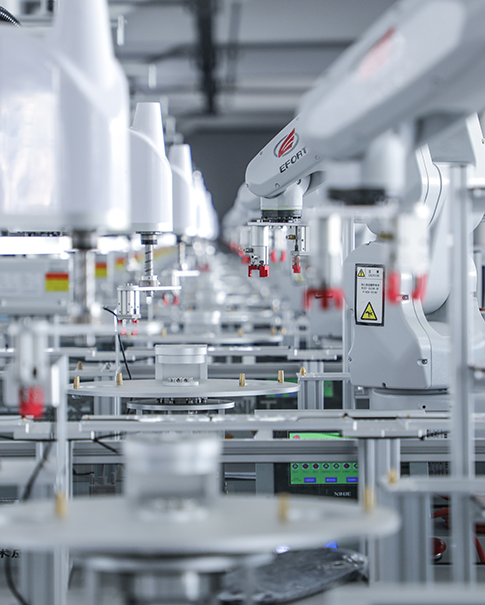Traditionally, industrial facilities relying on Bently Nevada’s 3500 Series for machinery protection had to deploy additional external hardware for condition monitoring. Systems like TDIX or TDXnet™ communication processors were necessary to bridge the gap between protection and diagnostics—adding complexity, cost, and space requirements. The new 3500/22M TDI rack interface module changes everything. By embedding data acquisition directly into the 3500 rack, Bently Nevada has eliminated the need for separate hardware. Now, a single Ethernet cable connects the system to System 1™ software, streamlining data flow and reducing installation headaches.
Key Advancements:
No More External Boxes: The 3500 rack now handles both protection and monitoring internally.
M² Logo = Embedded Intelligence: The small M² badge on monitoring modules signifies built-in "Machinery Management" capabilities.
Backward Compatibility: Existing 3500 systems can be upgraded with minimal effort.
This integration isn’t just an incremental improvement—it’s a complete rethinking of how machinery monitoring should work.
1. Space Savings & Simplified Installations
Before this update, plants needed extra cabinet space for data acquisition hardware—sometimes as much as the 3500 rack itself. Now, everything fits inside the existing rack, freeing up valuable real estate in control rooms.
2. Faster, More Reliable Data Capture
The 3500/22M TDI module doesn’t just match previous external hardware—it surpasses it. Engineers report:
Higher-resolution waveform capture
Faster communication speeds
Improved event detection
3. Cost Efficiency
Eliminating external hardware reduces capital and maintenance expenses. Retrofits are now simpler, avoiding costly rewiring or cabinet modifications.
4. Future-Proof Flexibility
Jeff Rudd, Bently Nevada’s 3500 Series Product Line Manager, explains:
"Our configuration software lets users choose between full transient data capture, steady-state monitoring, or basic static readings—all on a per-channel basis. You only pay for what you need."
This scalability ensures plants can adapt the system as their monitoring requirements evolve.
1. Power Generation
Turbines and generators demand precise vibration monitoring. The 3500 Series with M² integration provides real-time diagnostics without additional hardware, helping prevent catastrophic failures.
2. Oil & Gas
Compressors and pumps in refineries benefit from continuous condition monitoring. The reduced footprint makes it ideal for space-constrained offshore platforms.
3. Chemical & Petrochemical Plants
Corrosive environments demand rugged solutions. The 3500’s embedded data acquisition minimizes external connections, reducing failure points.
4. Retrofits Made Easy
Roger Harker, VP of Strategic Development, highlights:
"Plants that skipped condition monitoring during initial installation can now add it effortlessly—no extra hardware, no rewiring, just a module swap and software activation."
This makes the upgrade path smoother than ever.
Alan Tart, Lead Engineer on the project, reveals:
"Users have been asking about the M² logo for years. Today, we’re showing that it’s more than just a badge—it’s a fully embedded Machinery Management system."
Key Technical Innovations:
Single Ethernet Connection: Simplifies networking while maintaining high-speed data transfer.
Dynamic Channel Configuration: Each input can be tuned for transient, steady-state, or static monitoring.
Enhanced Diagnostics: Faster detection of machinery faults with improved waveform resolution.
This isn’t just an upgrade—it’s a redefinition of what a protection system can do.
1. Reduced Downtime
Faster fault detection means quicker responses, minimizing unplanned outages.
2. Lower Maintenance Costs
Fewer components = fewer failure points.
3. Easier Compliance
Integrated data logging simplifies reporting for regulatory requirements.
4. Scalable for Future Needs
As monitoring demands grow, the system adapts without hardware changes.
Bently Nevada’s integration of M² monitoring into the 3500 Series isn’t just an incremental improvement—it’s a paradigm shift. By eliminating external hardware, reducing costs, and enhancing performance, this innovation sets a new benchmark for industrial asset management. For plants still relying on legacy monitoring setups, now is the time to upgrade. The benefits—simplicity, reliability, and scalability—make this a must-have for any facility serious about machinery protection.
 Network Supported
Network Supported